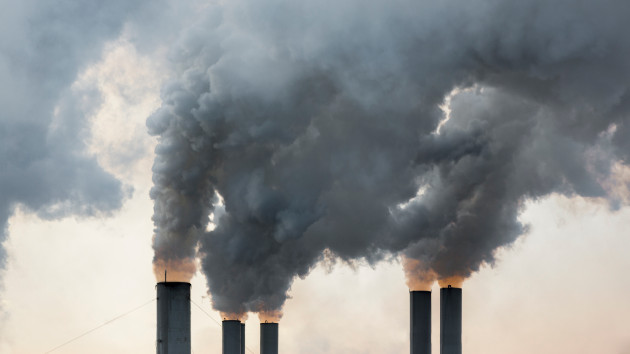
(WASHINGTON) — While Republicans have expressed disappointment in the party’s performance in the midterm elections so far, the GOP is poised to retake the House of Representatives, which may spell trouble for Ukraine.
Some Republican officials have shared that they will cut back or end funding to the eastern European country as it defends itself against Russia’s invasion, which began in February.
Here’s what some lawmakers from both sides of the aisle have said regarding the United States’ support of Ukraine, and what the midterm election results could mean for Ukraine moving forward:
What politicians have said about Ukraine leading up to the midterm elections
House Minority Leader Kevin McCarthy, R-Calif., who is expected to become speaker if his party retakes the chamber, said last month that Republicans wouldn’t “write a blank check” to Ukraine as it fends off Russia’s invasion. McCarthy subsequently said that comment was being over-interpreted as anti-Ukraine: “Wouldn’t you want a check and balance in Congress? Wouldn’t you want this hardworking taxpayers’ money, someone overseeing it? We’ve got to eliminate the wasteful spending in Washington.”
Others in the caucus have taken a harder line. Rep. Marjorie Taylor Greene, R-Ga., who won her reelection bid on Tuesday, said during a Trump rally in Iowa last week that “under Republicans, not another penny will go to Ukraine. Our country comes first.”
“I suspect it is going to be a slow, gradual shift over the course of the next Congress. Generally, support for Ukraine seems pretty popular right now,” Scott Anderson, a former U.S. diplomat and a visiting fellow in governance studies at the Brookings Institution, told ABC News last week. “I don’t think Republicans are going to want to run headlong against that.”
But Republicans aren’t the only ones who have signaled an end to supporting Ukraine financially.
Some Democratic politicians have also cast doubt on whether their party would continue to back the Biden administration’s approach to Ukraine, particularly around pushing for talks with Russia.
In late October, 30 House progressives signed a letter calling for the White House to link aid to Kyiv with movement toward a negotiated end to the conflict. They withdrew it after they were heavily scrutinized, with one lawmaker in the group, Pramila Jayapal, D-Wash., saying: “Let me be clear: We are united as Democrats in our unequivocal commitment to supporting Ukraine in their fight for their democracy and freedom.”
How much aid the U.S. has given Ukraine
Since the start of Russia’s invasion of Ukraine, the U.S. has committed more than $18.9 billion in security assistance to Ukraine, according to the Department of Defense.
Last week, the Defense Department provided $400 million to the country in security aid, which includes funding for air defense missiles, refurbished tanks, armor packages, and tactical secure communications and surveillance systems.
In May, President Joe Biden signed a $40 billion bipartisan military and humanitarian aid package for Ukraine.
While the package did get bipartisan support, 11 Republican senators, including Kentucky’s Rand Paul, Missouri’s Josh Hawley and Tennessee’s Marsha Blackburn, voted against the bill.
Americans support Ukraine, poll shows
Americans support the U.S. providing economic and military assistance to Ukraine, according to an October poll from the Chicago Council on Global Affairs.
Around 72% of Americans support military aid to Ukraine, with 58% willing to help the country “as long as it takes,” according to the nonpartisan, nonprofit organization.
“Supporting Ukraine is in the U.S. national interest,” Andres Kasekamp, Ph.D., a professor at the University of Toronto specializing in Eastern Europe, told ABC News. “This Russian attack is the most egregious breach of the rule-based international order since World War II.”
According to Kasekamp, it’s likely that Russian President Vladimir Putin’s goal is to weaken the U.S. resolve and create polarization within western countries.
Copyright © 2022, ABC Audio. All rights reserved.









